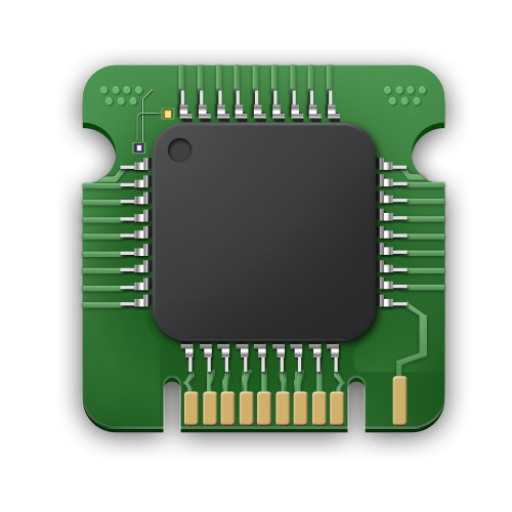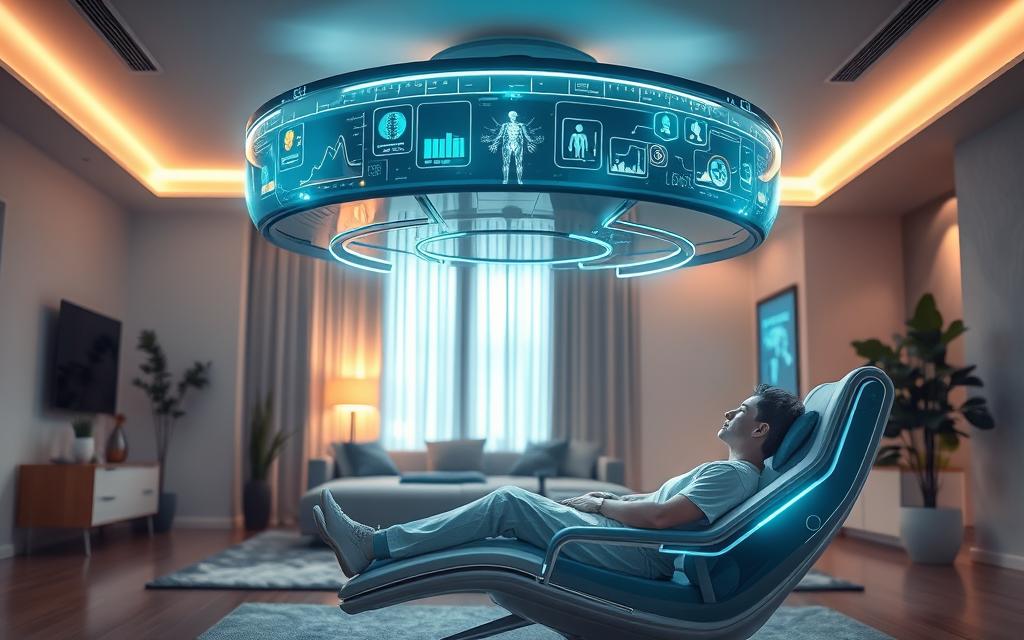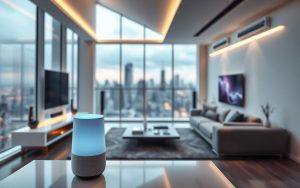The healthcare landscape is undergoing a significant transformation, driven by technological advancements that are revolutionizing the way we receive care in the comfort of our own homes. The U.S. home healthcare industry is projected to reach $253.4 billion in revenue by 2030, driven by changing demographics and a growing preference for personalized care.
The COVID-19 pandemic has accelerated this shift, with 89.2% of patients reporting satisfaction with home healthcare services in 2022. As technology continues to evolve, it is making medical care more accessible and convenient, bringing sophisticated monitoring and diagnostic capabilities directly into patients’ living spaces.
This article explores the key trends in healthcare technology that are elevating at-home care, from telehealth and remote monitoring to AI and digital health systems.
The Transformation of Healthcare Delivery
The healthcare landscape is undergoing a significant transformation, driven by technological advancements and changing patient needs. The home healthcare sector is growing rapidly, with the U.S. home healthcare industry expected to reach $253.4 billion in revenue by 2030.
The Shift from Hospital to Home
The traditional healthcare delivery model centered around hospitals and clinics is being reimagined as technology enables high-quality care to be delivered directly in patients’ homes. Several factors are driving this transformation, including an aging population with increasing chronic disease prevalence and patient preferences for convenience and personalization. As a result, many medical procedures traditionally performed in hospitals can now be safely conducted at home, reducing hospital readmissions and shortening hospital stays.
Impact of the COVID-19 Pandemic on At-Home Care Adoption
The COVID-19 pandemic served as a catalyst for at-home care adoption, as healthcare providers rapidly implemented remote care solutions to maintain continuity of care while minimizing infection risks. This shift represents a decentralization of healthcare delivery that enhances patient autonomy, reduces system-wide costs, improves continuity of care, and increases overall patient satisfaction with healthcare services. For more information on how technology is affecting various aspects of life, including healthcare, visit TechHack.
Telehealth: Beyond Basic Video Consultations
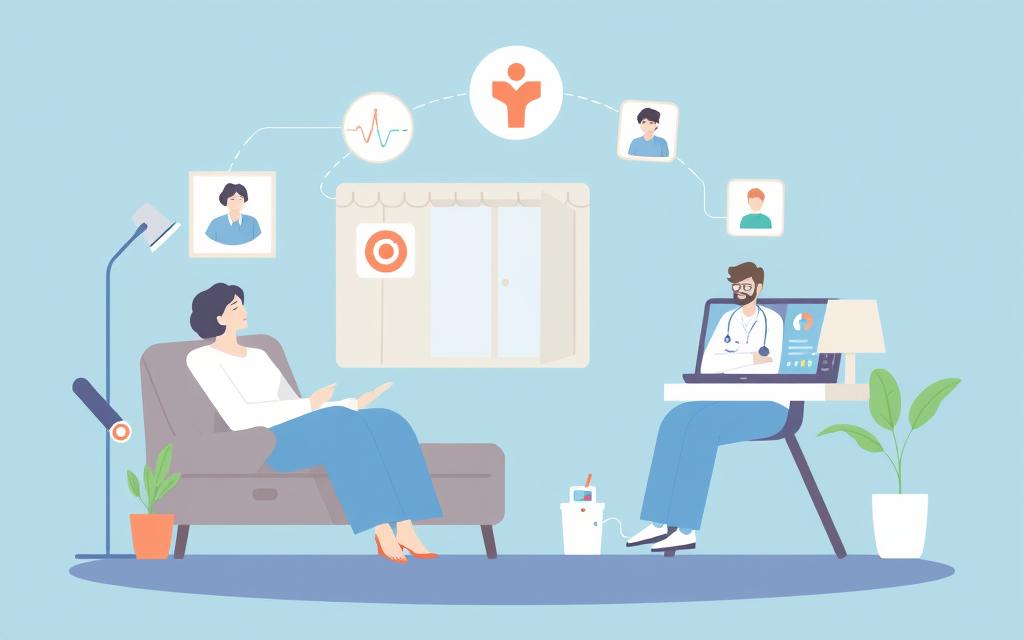
The evolution of telehealth has led to the development of advanced virtual care platforms that are redefining at-home healthcare. These platforms have transformed the way healthcare is delivered, making it more accessible and efficient for patients.
Evolution of Virtual Care Platforms
Telehealth has come a long way, transforming from simple video calls to comprehensive virtual care platforms. Modern telehealth solutions integrate with diagnostic tools, enabling providers to conduct comprehensive examinations remotely through high-quality video, remote stethoscopes, otoscopes, and other specialized equipment. According to the American Hospital Association, over 76% of U.S. hospitals now connect with patients via telehealth platforms, demonstrating the widespread adoption of these technologies.
Benefits of Telehealth in At-Home Settings
The benefits of telehealth in at-home settings are numerous, including reduced emergency room visits through early intervention, continuity of care for chronic conditions, increased accessibility for rural or mobility-limited patients, and improved scheduling efficiency. The integration of AI-powered triage assistants further enhances telehealth capabilities by helping detect emergencies, interpret symptoms, and direct patients to appropriate care pathways, making virtual care more responsive and intelligent. For more information on how future healthcare technology is elevating at-home care, visit Axis Intelligence.
Remote Patient Monitoring Technologies
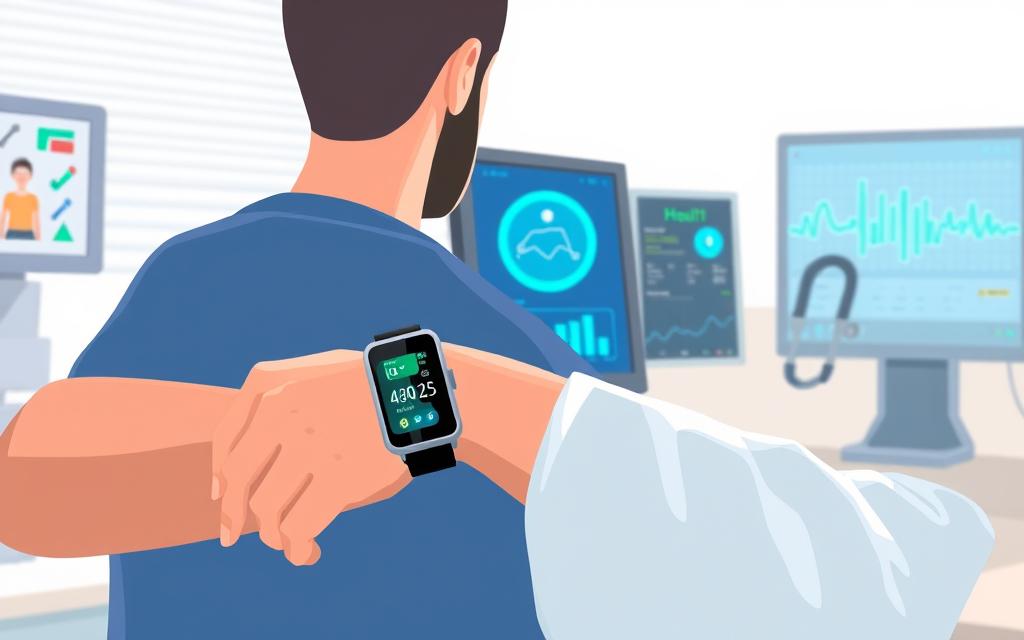
The integration of remote patient monitoring technologies is revolutionizing healthcare delivery at home. These technologies enable continuous tracking of patients’ health status through wearable devices and Internet of Things (IoT) sensors that monitor vital signs and other health parameters.
Wearable Devices and IoT in Healthcare
Wearable health devices and IoT devices are transforming how healthcare is delivered at home. These devices can track vital signs like heart rate, blood pressure, and glucose levels in real time, sending this data securely to healthcare providers. The Internet of Medical Things (IoMT) includes any connected device that captures, analyzes, or transmits health data.
Examples include smart blood pressure monitors, Bluetooth glucometers, wearable ECG patches, digital pill dispensers, sleep tracking rings, and smart thermometers. These devices continuously send data to cloud platforms, AI systems, or physicians, enabling timely interventions.
Real-Time Data Collection and Analysis
The monitoring systems create a continuous stream of real-time health data that is securely transmitted to cloud platforms where it can be analyzed for patterns and anomalies. This enables early detection of potential health issues, allowing for early intervention when subtle changes in a patient’s condition are detected.
Studies have shown that RPM technologies significantly reduce hospital readmissions for conditions like heart failure, COPD, and diabetes. By leveraging these technologies, healthcare providers can deliver high-quality care while minimizing the need for hospital visits.
The global Internet of Medical Things (IoMT) market is expected to exceed $285 billion by 2029, reflecting its central role in future healthcare delivery and the growing adoption of connected medical devices. As these technologies continue to evolve, they will play an increasingly important role in shaping the future of at-home healthcare.
How Future Healthcare Technology is Elevating At-Home Care Through AI and Machine Learning
The integration of AI and Machine Learning in healthcare is revolutionizing at-home care. By analyzing vast amounts of patient data, AI systems can uncover insights that drive better health outcomes and more personalized care approaches.
Predictive Analytics for Early Intervention
Predictive analytics powered by AI can detect subtle patterns in patient data that may indicate the early stages of health deterioration. This enables proactive interventions before conditions worsen and potentially prevents hospitalizations. For instance, AI can analyze data from wearable devices, remote sensors, and patient reports to identify potential issues early.
| Predictive Analytics Benefits | Description |
|---|---|
| Early Detection | Identifies health issues before they become serious |
| Proactive Interventions | Enables timely medical interventions to prevent condition worsening |
| Personalized Care | Tailors care plans to individual patient needs |
AI-Powered Virtual Health Assistants
AI-powered virtual health assistants are enhancing at-home care by providing medication reminders, answering health-related questions, and monitoring symptoms. These intelligent systems complement human caregivers by handling routine tasks and monitoring, allowing healthcare professionals to focus on more complex aspects of patient care.
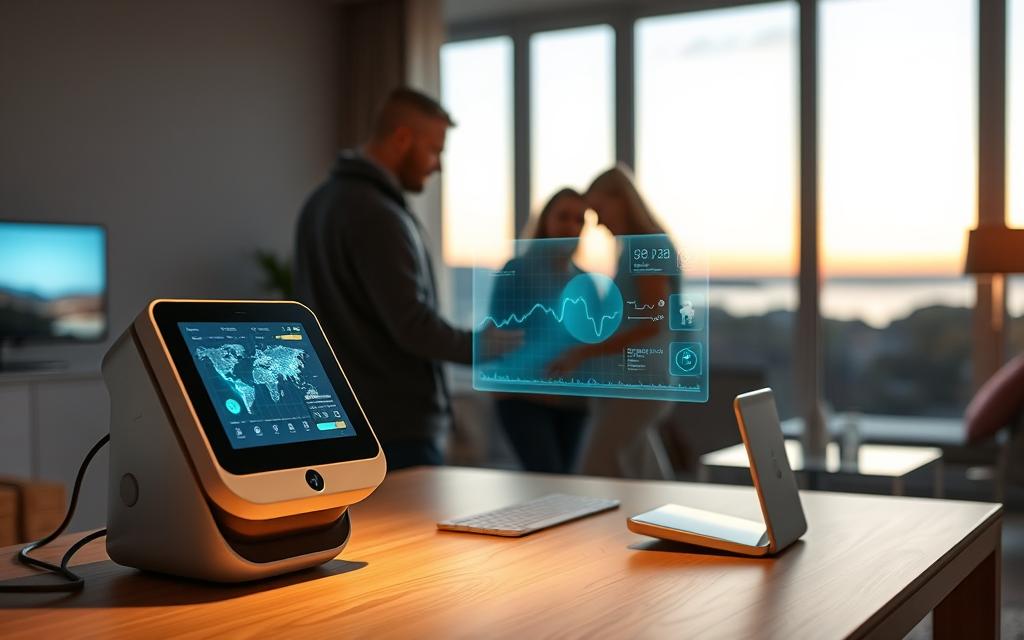
By leveraging AI and Machine Learning, healthcare technology is improving health outcomes and enhancing the quality of care provided to patients at home. As these technologies continue to evolve, we can expect even more innovative solutions to emerge, further transforming the landscape of at-home healthcare.
Robotics and Automation in Home Healthcare
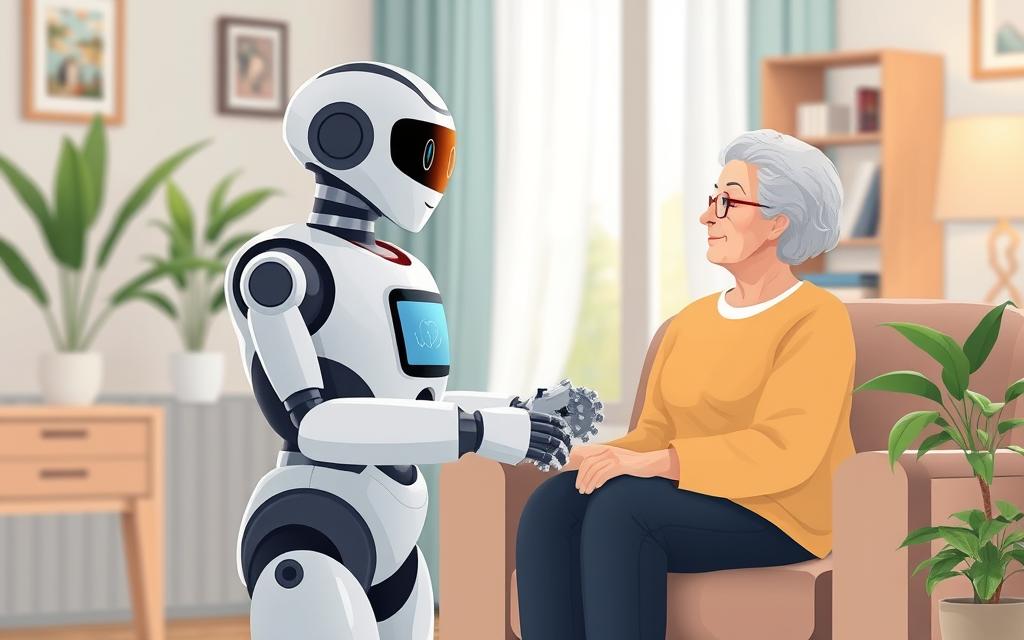
The future of at-home care is being shaped by robotics, offering innovative solutions for patient support. Robotics technology is increasingly being adopted in home healthcare to provide both physical and emotional support to individuals, particularly the elderly and those with limited mobility or cognitive impairments.
Companion Robots for Elderly Care
Companion robots like ElliQ, developed by Intuition Robotics, are designed to assist elderly individuals by providing companionship, engaging in conversations, and helping with daily routine management. These robots significantly reduce feelings of loneliness and isolation among seniors living alone.
Robotic Assistance for Daily Activities and Medication Management
Robotic assistants can help with physical tasks such as retrieving items and providing support for activities of daily living. Moreover, medication management robots are solving one of the most common challenges in at-home care by providing automated reminders and dispensing the correct medications at prescribed times.
By integrating robotics and automation into home healthcare, we can enhance the quality of care provided to individuals, support caregivers, and improve overall patient outcomes. As healthcare continues to evolve, the role of robotics in home care is expected to expand, offering new technologies and solutions for at-home assistance and management.
Digital Health Systems for Seamless Care Coordination
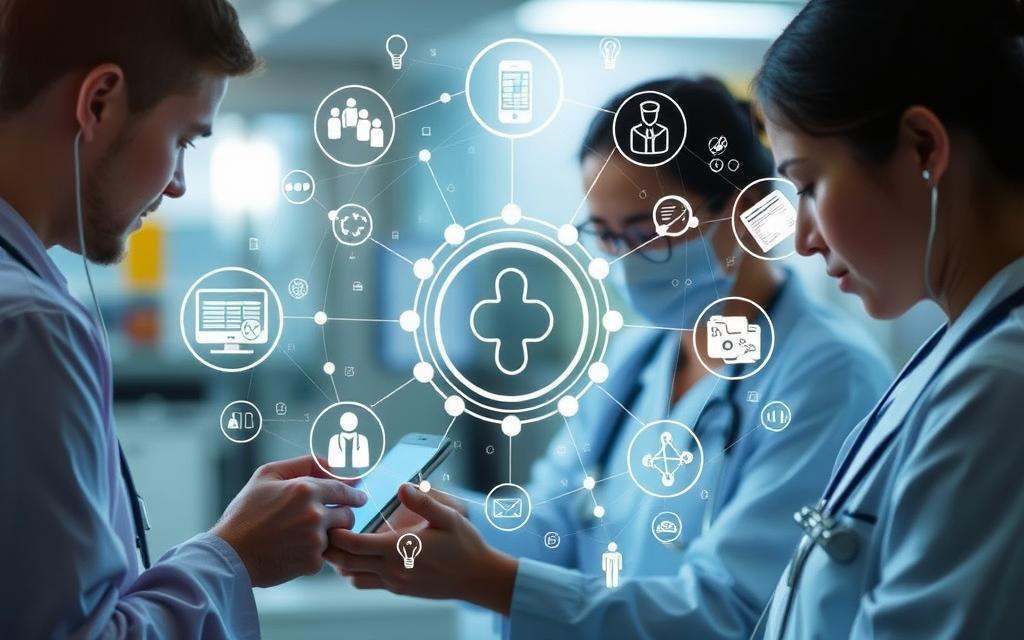
Digital health systems are transforming healthcare by enabling more effective care coordination. These systems are creating unprecedented connectivity between patients, caregivers, and healthcare professionals through integrated electronic health records (EHRs) and cloud-based patient management solutions.
Integrated Electronic Health Records
Integrated EHR systems store patient histories, lab results, and prescriptions, making it easier for healthcare providers to make informed decisions. By integrating with EHR systems, patient data flows seamlessly between different healthcare providers, ensuring continuity of care and preventing information silos that can lead to medical errors or duplicated services.
Cloud-Based Patient Management Solutions
Cloud-based patient management solutions allow healthcare providers to monitor patients remotely, update care plans in real-time, and collaborate with specialists without requiring patients to travel to multiple facilities. Solutions like HosTalky enable providers to chat, share files, schedule visits, and log care activities from any location, drastically reducing errors and duplication of efforts.
The benefits of digital health systems include:
- Seamless care coordination by providing all members of a patient’s care team with access to unified medical histories, treatment plans, medication lists, and real-time health data.
- Remote monitoring and real-time updates to care plans, enhancing the quality of care.
- Prevention of medical errors through the integration of EHR systems.
- Valuable tools for managing complex chronic conditions that require coordination between multiple specialists, caregivers, and services.
- Improved patient outcomes through better care coordination and management.
For more information on the different types of information technology used in healthcare, visit TechHack.
Economic and Clinical Benefits of Technology-Enhanced Home Care
By leveraging technology, home healthcare is achieving a dual impact: reducing healthcare costs while simultaneously improving the quality of life for patients. This shift towards technology-enhanced home care is not only beneficial for patients but also for healthcare systems as a whole.
Cost Savings for Healthcare Systems and Patients
Technology-enhanced home care delivers substantial economic benefits by reducing costly hospital admissions, emergency department visits, and lengthy inpatient stays through early intervention and continuous monitoring. For healthcare systems, at-home care technologies enable more efficient use of limited resources, allowing providers to monitor more patients effectively and allocate clinical staff where they are most needed.
- Patients experience direct financial benefits through reduced transportation costs, fewer lost work days for medical appointments, and lower out-of-pocket expenses associated with hospital stays and emergency care.
- The overall cost savings for healthcare systems come from reduced hospital stays and more efficient staff allocation, ultimately leading to better resource management.
| Economic Benefits | Description | Impact |
|---|---|---|
| Reduced Hospital Admissions | Early intervention and continuous monitoring | Lower healthcare costs |
| Efficient Resource Allocation | Better management of clinical staff | Improved healthcare delivery |
| Lower Out-of-Pocket Expenses | Reduced need for hospital stays and emergency care | Financial relief for patients |
Improved Patient Outcomes and Quality of Life
From a clinical perspective, technology-enhanced home care leads to improved health outcomes through better medication adherence, earlier detection of complications, and more consistent management of chronic conditions. The quality of life improvements are significant, as patients can maintain independence, stay connected with family and community, and receive care in comfortable, familiar surroundings rather than institutional settings.
Enhanced patient outcomes are a direct result of continuous monitoring and timely interventions, which are crucial for managing chronic conditions effectively. As noted by a healthcare professional, “Technology-enabled home care allows for a more personalized approach to patient care, leading to better health outcomes and higher patient satisfaction.”
“The future of healthcare is not just about treating illnesses but about enhancing the quality of life for patients. Technology-enabled home care is a significant step in this direction.”
The integration of technology in home care not only improves patient outcomes but also enhances their quality of life by providing care in the comfort of their own homes. This approach is particularly beneficial for patients with chronic conditions or mobility challenges.
Conclusion: The Future Landscape of At-Home Healthcare
As we look to the future, it’s clear that at-home healthcare is on the cusp of a revolution driven by technology. The future landscape of at-home healthcare will be characterized by increasingly sophisticated, integrated technologies that make high-quality care in the comfort of home not just possible but preferable for many conditions.
As these technologies continue to evolve, we can expect to see a fundamental shift in healthcare delivery models, with hospitals increasingly focused on acute care while routine management, monitoring, and even many treatments move into the home environment. This shift will enhance quality life for patients by providing them with more personalized care in the comfort of their own homes.
However, while technological advancements offer tremendous promise, addressing challenges related to digital infrastructure, technology access, digital literacy, data privacy, and reimbursement models will be essential to ensure equitable access to these innovations. The most successful future healthcare systems will be those that effectively blend technology with human touch.
Ultimately, the future of at-home healthcare is not just about the devices and systems themselves, but about creating a more patient-centered approach to care that enhances quality life, improves health outcomes, and delivers care where most people prefer to receive it—in the comfort and familiarity of their own homes.
